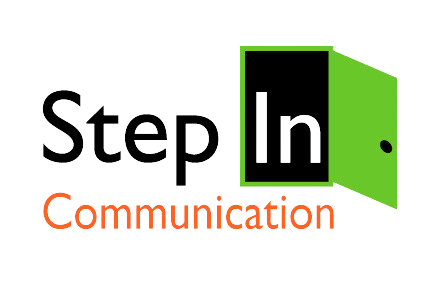Spend any amount of time on Facebook these days, and you witness people traveling in gangs, rising up because serious harm has been done to someone or something. Virtual vigilantes. It could be inspired by the upcoming presidential election, or world events, but the general mood is shifting. In the early days of Facebook, the network was […]
